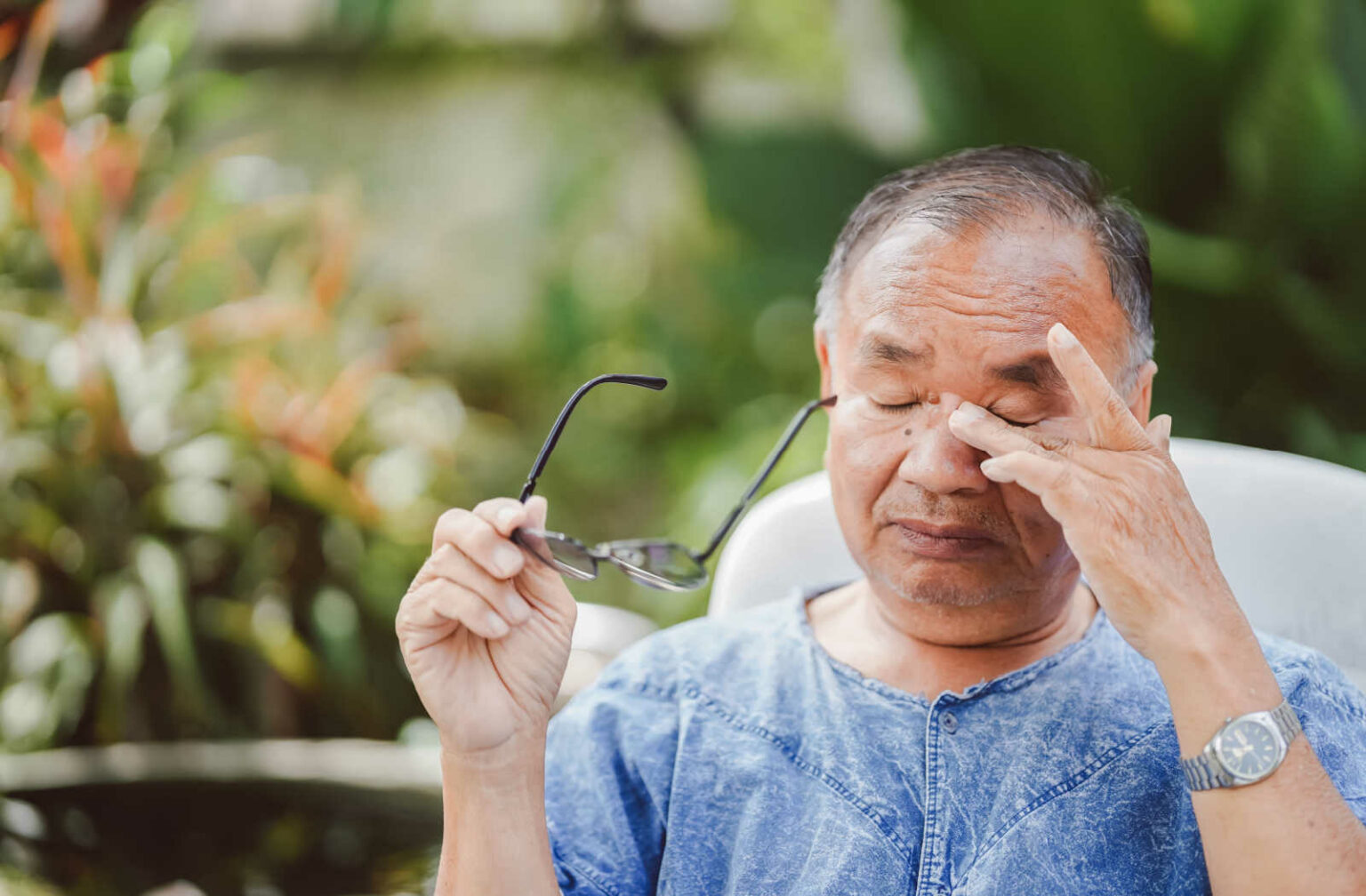Have you ever walked outside on a sunny day and felt an immediate need to shield your eyes? Or perhaps you’ve squinted in discomfort under bright fluorescent lights? Light sensitivity, also known as photophobia, can be both annoying and puzzling. Understanding why your eyes might be sensitive to light is the first step in addressing the issue.
What Is Photophobia?
Photophobia isn’t a disease but rather a symptom of various conditions. It refers to an abnormal sensitivity to light, causing discomfort or even pain in some cases. The severity of light sensitivity can range from mild irritation in bright environments to an inability to tolerate light altogether.
Common Causes of Light Sensitivity
Several factors can contribute to light sensitivity, including medical conditions, lifestyle habits, and environmental factors. Let’s explore some of the most common causes:
1. Eye Conditions
- Dry Eye Syndrome: When your eyes lack sufficient lubrication, light can feel harsh and glaring.
- Corneal Abrasions: Any damage to the clear, outer layer of your eye can heighten sensitivity.
- Uveitis: Inflammation inside the eye, often caused by infection or autoimmune conditions, can make light painful to bear.
2. Migraines
Light sensitivity is a hallmark symptom of migraines. During an attack, bright lights can intensify discomfort and make it harder to function.
3. Medical Conditions
- Conjunctivitis (Pink Eye): Infections or allergies causing pink eye often lead to photophobia.
- Cataracts: Clouding of the lens inside the eye can scatter light, making it difficult to tolerate brightness.
- Glaucoma: Increased pressure in the eye can lead to pain and sensitivity to light.
4. Neurological Factors
- Brain Injuries: Concussions and other traumatic brain injuries can disturb how the brain processes light.
- Meningitis: This serious infection of the brain and spinal cord lining often causes intense photophobia.
5. Medications
Some medications, like certain antibiotics, antihistamines, or drugs that dilate the pupils, can increase light sensitivity.
6. Lifestyle Factors
- Screen Overuse: Staring at digital screens for long periods can strain your eyes, leading to light sensitivity.
- Lack of Sunglasses: Prolonged exposure to UV rays without eye protection can make your eyes more sensitive over time.
When Should You See Your Optician?
Occasional light sensitivity isn’t unusual, but persistent or severe symptoms should prompt a visit to an eye care professional. Seek medical advice if:
- Light sensitivity is accompanied by eye pain, redness, or blurred vision.
- You have frequent headaches or migraines.
- You experience sensitivity after an eye injury.
How to Manage Light Sensitivity
If light sensitivity is interfering with your daily life, here are some tips to help manage it:
- Wear Sunglasses: Invest in sunglasses with UV protection and polarized lenses to reduce glare.
- Use a Hat or Visor: A wide-brimmed hat can shield your eyes outdoors.
- Adjust Indoor Lighting: Opt for softer lighting and avoid harsh fluorescents when possible.
- Screen Filters: Blue light filters or screen protectors can help reduce digital eye strain.
- Artificial Tears: If dry eyes are the cause, artificial tears or lubricating eye drops can offer relief.
- Limit Screen Time: Take regular breaks from screens and practice the 20-20-20 rule: look at something 20 feet away for 20 seconds every 20 minutes.
Final Thoughts
Light sensitivity can be caused by something as simple as dry eyes or as serious as a neurological condition. Understanding the underlying cause is key to finding relief. If your symptoms persist or worsen, don’t hesitate to consult an Optometrist. Taking proactive steps can help protect your eyes and keep discomfort at bay.
Book a home test today
Fill in the form to request a home eye test, and one of our team will be in touch
If you have any questions, please call us on
Our other blogs
Different coloured eyes? Understanding Heterochromia
sight2025-01-24T15:36:13+00:00January 24th, 2025|
Looking After Your Eyes in the New Year 2025
sight2024-12-11T15:24:33+00:00January 1st, 2025|
How Virtual Reality Could Transform Eye Care
sight2024-12-09T22:00:50+00:00December 9th, 2024|
